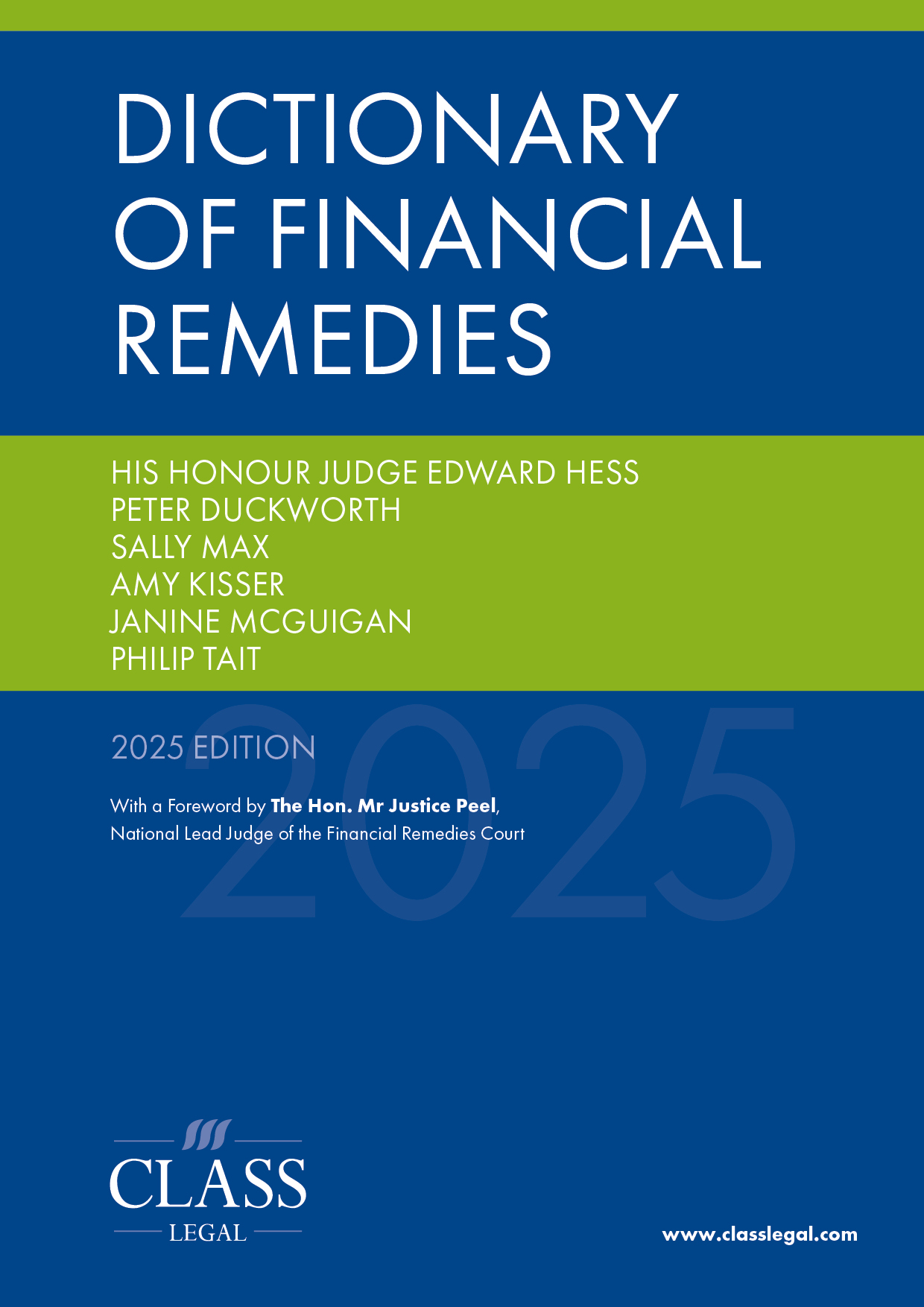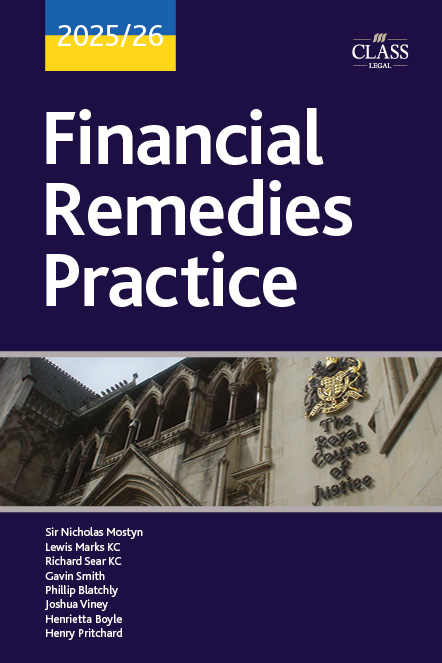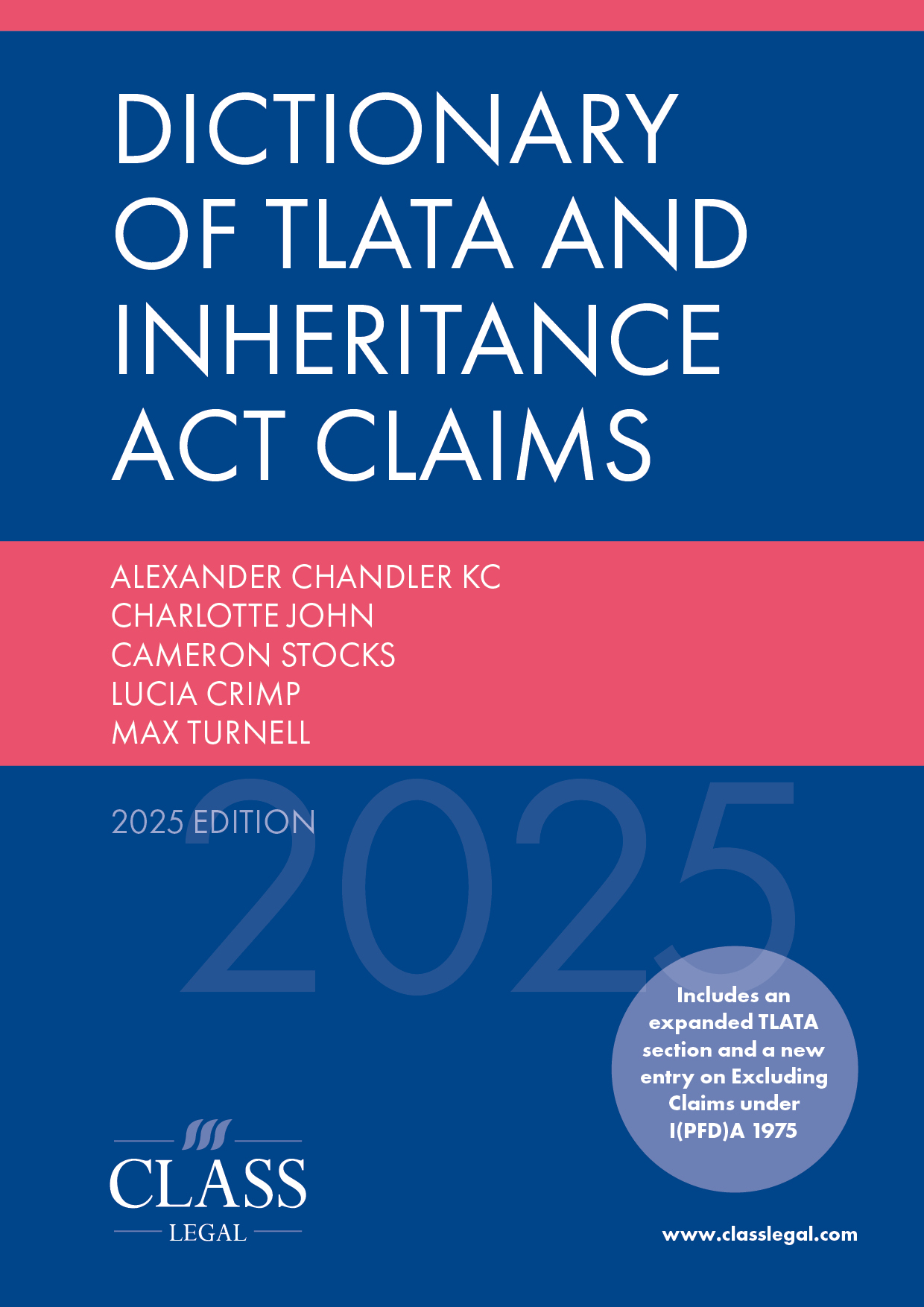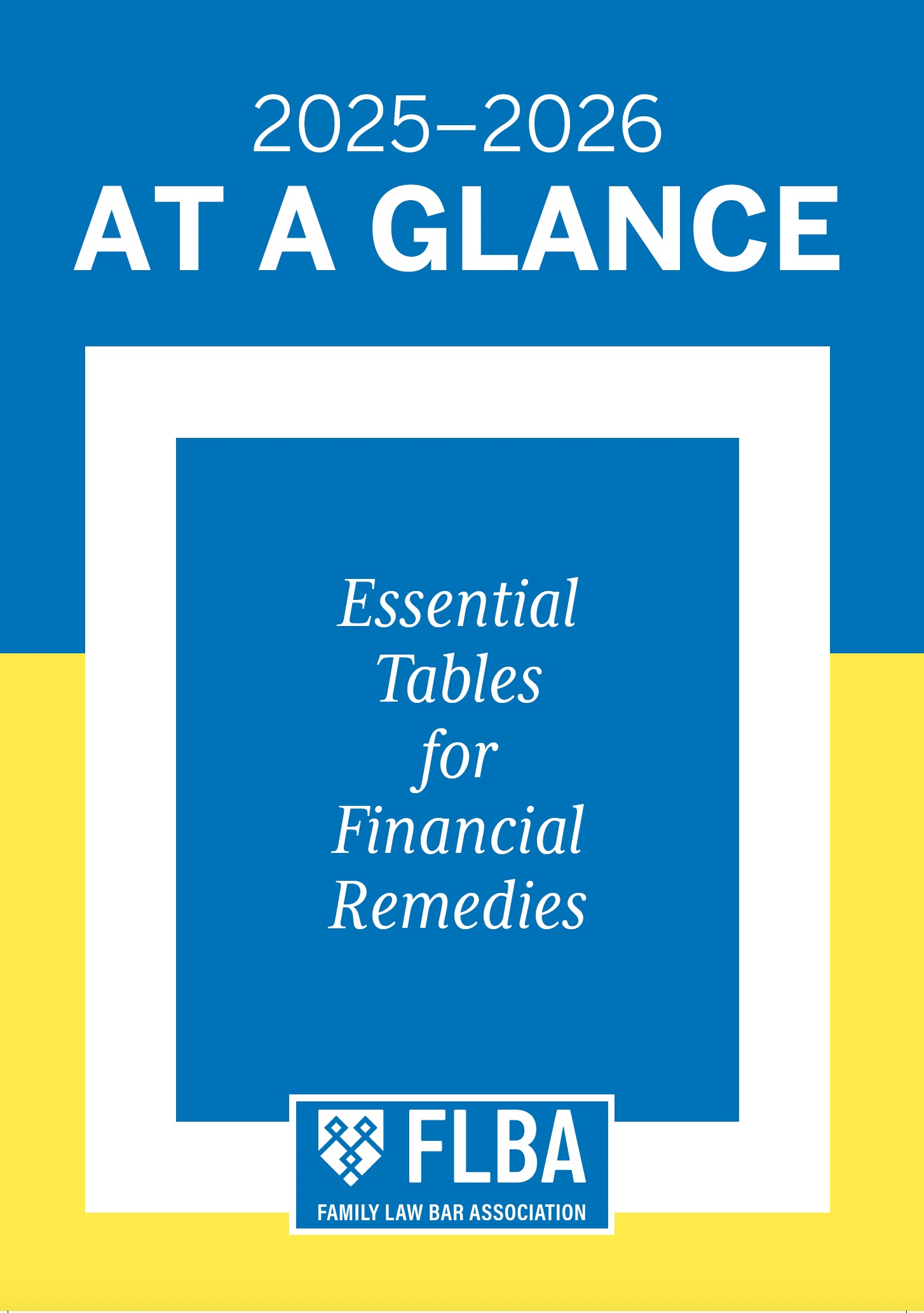
T v T and Others (Disregard for Procedural Rules, Adjournment) [2025] EWFC 14 (B)29 January 2025
Published: 07/04/2025 11:42
https://caselaw.nationalarchives.gov.uk/ewfc/b/2025/14
Recorder Chandler KC was forced to adjourn a three-day hearing in the face of W’s legal aid solicitors failing to comply with the Family Court’s procedures. The judge made it clear that where a legally represented applicant failed to comply with the Family Procedure Rules, practice directions and the Statement of Efficient Conduct relevant to preparing a case for a hearing, it was likely there would be costs consequences. The learned Recorder commented that the guidance in Re B (Litigants in Person: Timely Service of Documents) [2016] EWHC 2365 (Fam) that position statements should be served earlier where one party was a LiP should apply equally to a claim for financial remedies.
Summary
W applicant 42, H respondent 41. Three-year marriage. Two children. 7 and 8. W primary carer.
Application issued in March 2023. There had been seven directions hearings. W was represented at three of the four hearings. H had acted in person at all hearings save for the FDA. In March 2024 R2, R3 and R4 were added, they largely had not engaged.
On the morning of day 1 of the three-day hearing with a 10:00 listing, H and R2 arrived at 10:45; neither was represented. A paralegal at R2’s recently instructed solicitors emailed the court, informing the judge someone would attend the next day, which the judge found to be ‘extraordinary’. Recorder Chandler KC recorded that there was an arguable case that the respondents had deliberately sought to frustrate the litigation, and that had made it an unquestionably difficult for W and her legal representatives.
The learned judge made it clear that W, who had recently become represented albeit under a legal aid certificate, had no excuse for:
- Filing two bundles totalling 2,747 pages, exceeding the 350-page limit. Uploaded one day and two days before a three-day hearing; [16-18].
- Failing to include an ES1, Chronology, statement of issues, and a trial template; [19].
- The electronic bundle failing to comply with the ebundle provisions, e.g. no bookmarks; [19].
- No open proposals; [20].
- Late position statement; [21]–[23].
- Documents filed by W on the morning taking the total to over 2,800 pages; [24]–[25].
- W’s position statement not setting out the issues clearly or setting out in law the basis for her claim; [26]–[35].
In the matter of the late position statement the judge commented that the guidance in Re B (Litigants in Person: Timely Service of Documents) [2016] EWHC 2365 (Fam) should apply equally to a claim for financial remedies. That being, where one party is represented, and the other is a LIP, the court should direct position statements to be provided three clear days before. Recorder Chandler also noted that where that is not possible, and a position statement is provided at court, a hard copy should be provided. Otherwise, there is a real risk of procedural unfairness; [23].
The court had ordered that a QLR be appointed for H; there had been no QLR appointment; [36]–[37].
Notwithstanding the lack of QLR for H, the problems with the case were more fundamental in terms of the applicant’s inexplicable failings to follow what are well known rules in terms of (a) the length of the bundle, (b) its contents, (c) sending open proposals, (d) the filing of a position statement in good order, and (e) generally, the articulation of issues and legal argument; [38].
But for the particular facts of this case, Recorder Chandler KC would have made an indemnity costs order against W.
Held
- The applicant was under an obligation to comply with the rules, practice directions and the Statement of Efficient Conduct when preparing a case for a hearing; [38].
- The applicant’s breaches of the various procedural rules were so significant that the judge had no option but to adjourn the final hearing; [39].
For practitioners
Regardless of when you come into a case or the basis of your funding, the court expects you to comply with the rules, practice directions and the Statement of Efficient Conduct. Failure to do so could lead to indemnity costs.










